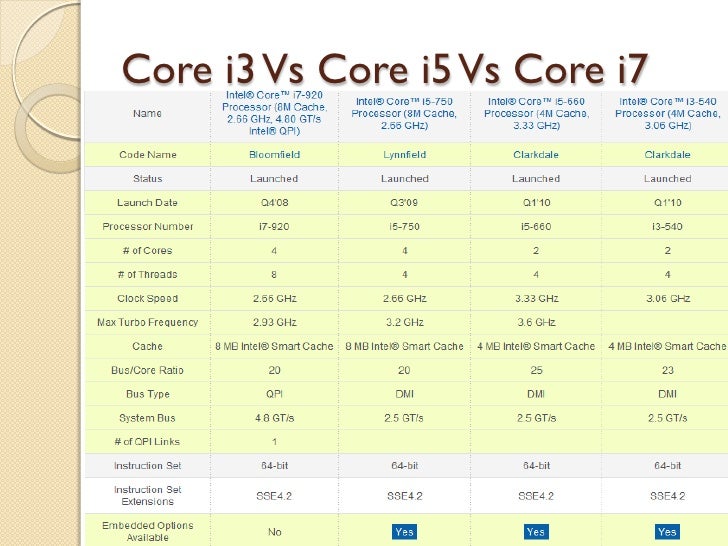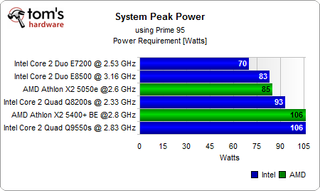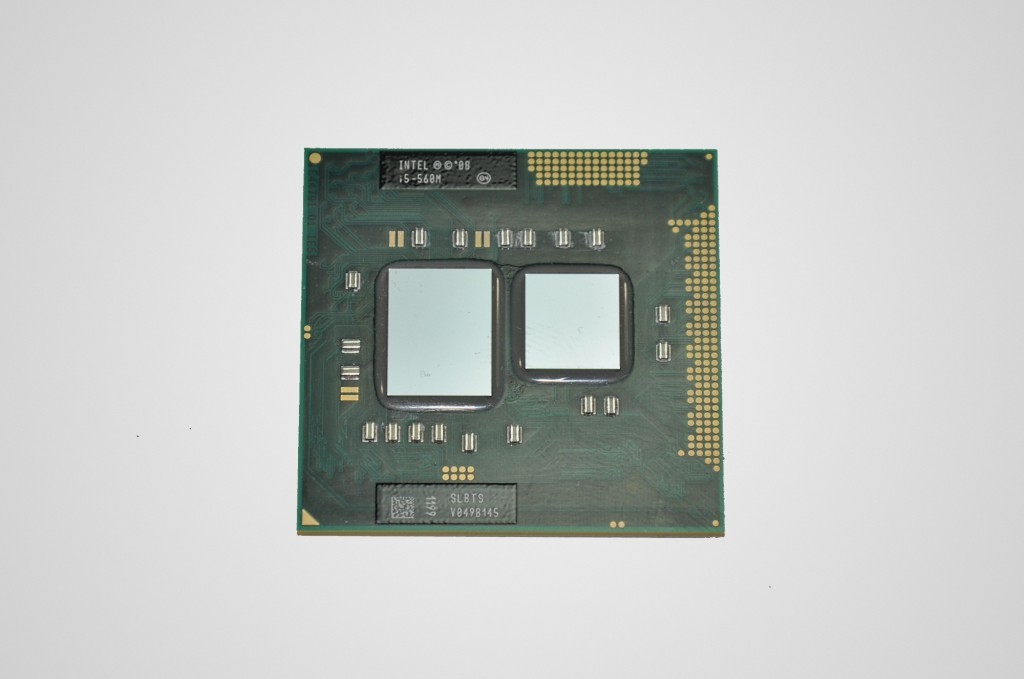
#Intel core 2 duo e8500 vs i3 series
It includes the core i3-2100 desktop series and the core i3-2300 mobile processor series. In mid-2011, a second generation Intel core i3 series was launched, consisting of 17 processors. They support mother boards with the following types of chipsets- H55, P55, H57 and Q57. The socket type used for core i3 processors is LGA 1156 and the RAM type is DDR3. They are based on Westmere architecture with 32 nm fabrication and a direct media interface (DMI) bus. The Intel codename for the first generation core i3 architecture is ‘ Clarkdale‘. This is the most important point in this core i3 vs. The clocking frequency of the core i3 series of processors ranges from 2.26 GHz to 3.06 GHz.Įach processor is endowed with the new line of advanced technologies including Intel developed Hyper-Threading, Intel Virtualization and Smart Cache technology which makes these chips faster than core 2 duo processors. Technical Specifications Like the core 2 duo processors, the new core i3 line of processors have two cores, with many other technological enhancements, including an integrated GPU (Graphic Processing Unit).

The two points of comparison will be technical specifications and the only other factor which matters, which is – performance. The following comparison will provide an overview about how the i3 processors are different from their dual core predecessors. Today, Intel has gone through a phase of radical innovation to introduce three successive generations of core i3 processors, that are a significant improvement over the core 2 duo line.
#Intel core 2 duo e8500 vs i3 upgrade
If you can’t make up your mind about whether or not, an upgrade to a core i3 line would be worth it, keep reading ahead. core 2 duo processors, which may help you decide which one to go for. In this Techspirited article, I present a comparison of third, second and first generation core i3 vs. The old war horses are still in use all over the world. Although core 2 duo processors are slowly being phased out of production, they are still available in the market.

The new hierarchy of Intel chips, in ascending order of computing power, are the core i3, i5 and i7 processors.Īll these lines have now evolved to their third generation with the 22nm Ivy Bridge architecture being the latest.

In fact the old core 2 duo line was overthrown by the first two generations of i3 processors long ago. The core i3 processors, now in their third generation Ivy Bridge line have supplanted the core 2 duo line in the entry level domain. These include the entry-level, mid-level and high-end processors.

The company delivers chips with varying degrees of power and clocking speed to serve the diverse requirement levels of its users. The forerunner in this race to provide the fastest computer processors, who’s probably miles ahead of its competitors, is the computing giant Intel. We live in times where computing power, once available only at the level of super computers, is now within grasp of the common man. Why Upgrade to Core i3? Hyper-Threading, DMI bus, higher processing speed and HD 2500/4000 graphics, along with low power consumption provided by the i3 lines make them worth an upgrade.


 0 kommentar(er)
0 kommentar(er)
